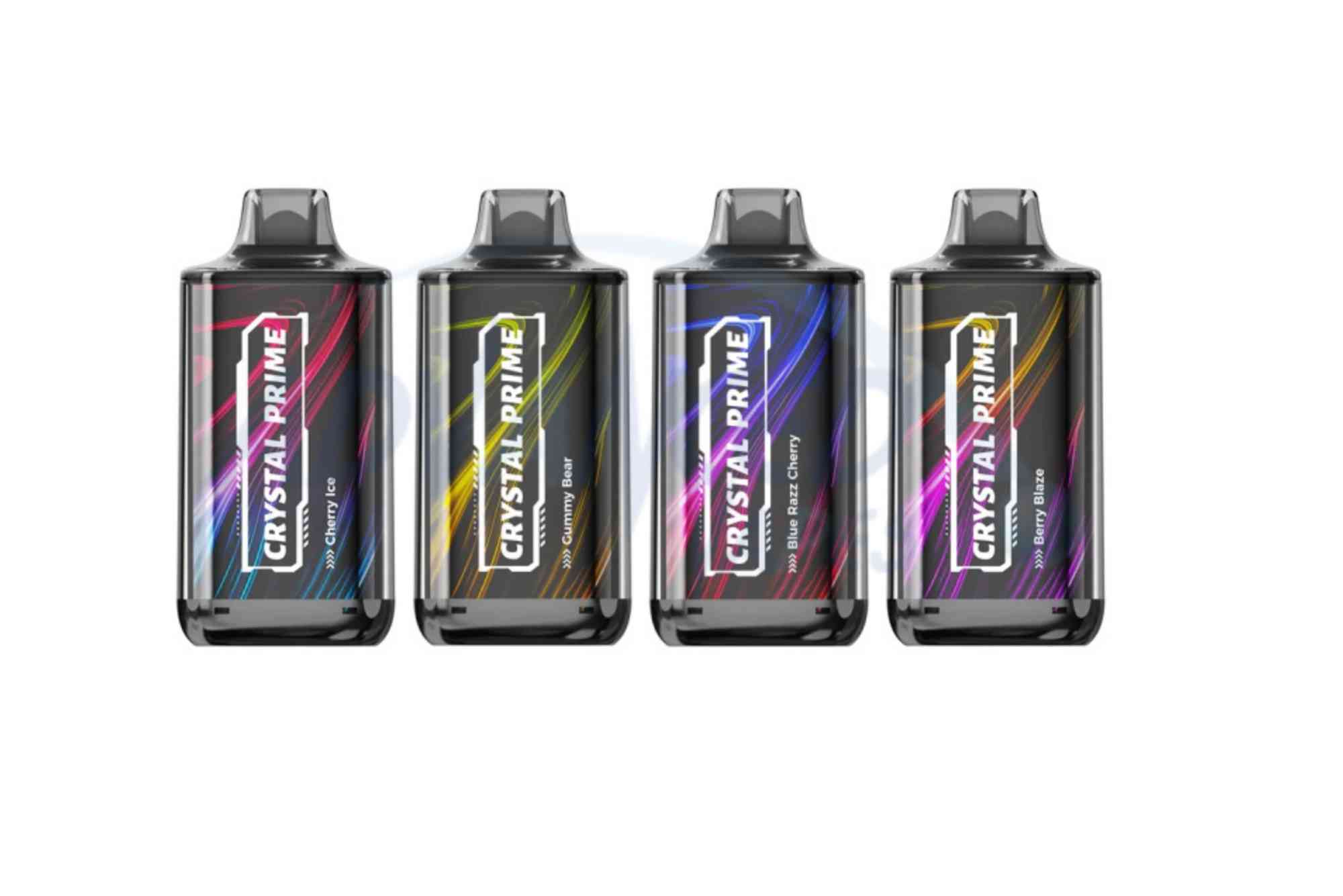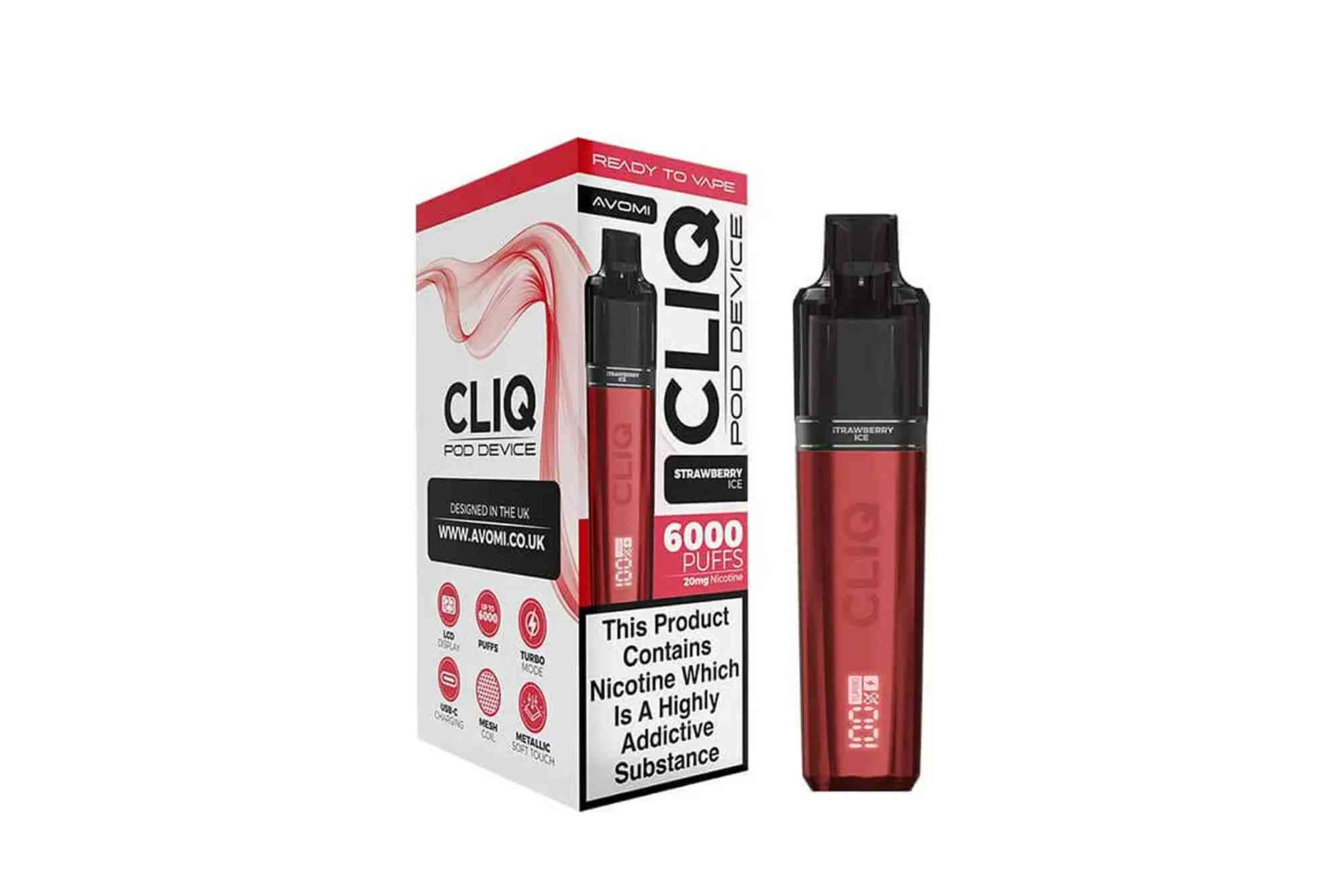What’s Inside a Vape? Breaking Down the Components
If you’ve ever held a vape in your hand and wondered how it works, you’re not alone. While vapes might look sleek and simple on the outside, the technology inside is quite sophisticated. Understanding what powers your device can help you use it more efficiently, troubleshoot issues, and choose the right equipment for your preferences. In this comprehensive guide, we’ll get all the essential vape parts explained in a way that’s clear and beginner-friendly.
The Core Structure of Every Vape Device
No matter the size or style of a vape—whether it’s a compact pod system or a full-featured box mod—they all share a few core components. Understanding these basic parts is key to getting vape parts explained properly.
Battery
The battery is the powerhouse of your vape device. It provides the necessary energy to heat the coil, which in turn vaporizes the e-liquid. Most modern vapes use rechargeable lithium-ion batteries, known for their longevity and energy density. Some devices feature built-in batteries, while others use removable 18650 or 21700 batteries.
Battery size affects how long your vape lasts between charges. Larger batteries generally offer longer vaping sessions, while smaller ones keep the device more compact and portable. Advanced mods also offer variable wattage and temperature control, which influence how the battery interacts with other components.
Atomizer
The atomizer is where the magic happens. It’s the part of the vape that turns e-liquid into vapor. It houses a coil and a wick—usually made of cotton—that soaks up the e-liquid.
When the battery activates the coil, it heats up quickly and vaporizes the liquid held in the wick. Depending on your device, the atomizer may be part of a disposable pod, a prebuilt coil head, or a rebuildable deck.
Coil
Inside the atomizer lies the coil—usually a spiral-shaped piece of resistance wire made from Kanthal, stainless steel, or nichrome. Coils come in a range of resistance levels, typically measured in ohms.
Low-resistance coils (below 1 ohm) are ideal for producing large vapor clouds (called sub-ohm vaping), while higher-resistance coils are better for a cigarette-like experience with tighter airflow and stronger throat hits. As you continue using your vape, residue builds up on the coil and affects the flavor. This is why regular coil replacement is crucial for optimal performance.
Tank or Pod
The tank or pod stores the e-liquid and supplies it to the coil and wick. In traditional vape pens and box mods, this is called a tank, and it’s usually made from glass and metal. In newer pod systems, it’s a plastic pod that clips or magnetically connects to the battery.
Tanks often come with adjustable airflow, letting users customize the draw resistance. Some allow top-fill designs, making refills easy and mess-free. Pod systems simplify the process even more. Many are disposable or use sealed, pre-filled cartridges, ideal for those who want convenience and portability.
Mouthpiece (Drip Tip)
The mouthpiece or drip tip is the part through which you inhale vapor. While it might seem insignificant, it plays a role in both comfort and airflow. Drip tips come in different shapes and materials, affecting how warm the vapor feels and how tight or loose the draw is. Removable mouthpieces also make it easier to clean your vape and keep it hygienic.
E-Liquid (or Vape Juice)
Though not a hardware component, e-liquid is an essential part of the vaping process. It usually contains four main ingredients: propylene glycol (PG), vegetable glycerin (VG), flavoring, and nicotine (optional).
The PG/VG ratio affects throat hit and vapor production. Higher PG offers more throat hit and flavor, while higher VG produces denser clouds. Nicotine levels range from zero to very high, allowing users to tailor their vaping experience.
Different Types of Vape Devices and Their Components
Vape parts explained in the context of different devices can offer more clarity. There are several types of vapes, and while they share core components, their configurations differ.
Cigalikes and Disposables
These are beginner-friendly, often resembling traditional cigarettes. They typically have a sealed pod or cartridge, an automatic battery (activates when you inhale), and a built-in coil. Since they’re disposable, there’s no need to replace coils or refill liquid.
Pod Systems
Pod vapes are compact, user-friendly, and widely popular. They consist of a battery and a pod that includes a coil and reservoir. Some have replaceable coils, while others use entire pods that are swapped out. Many offer draw-activated firing, meaning you don’t even have to press a button.
Vape Pens
Vape pens are slim, pen-shaped devices that offer more power than cigalikes. They typically feature a refillable tank, a button-activated battery, and replaceable coils. These are great for those who want to explore different e-liquid flavors and nicotine strengths.
Box Mods and Sub-Ohm Kits
For advanced users, box mods provide high power, customizable settings, and larger tanks. These devices usually require knowledge of coil resistance, wattage, and airflow control. They include a full-featured display, often showing wattage, temperature, battery life, and resistance.
Safety Features in Vape Devices
Modern vape devices come with built-in safety features to prevent malfunctions. These features help new and experienced users vape with confidence.
Overheat protection ensures the device shuts down if the coil gets too hot. Short circuit protection prevents electrical damage, while low battery cut-off protects your battery from over-draining. Some advanced mods also offer temperature control to prevent dry hits and overheating.Knowing about these built-in protections helps you use your vape safely and responsibly.
Maintenance and Care of Vape Parts
Keeping your vape in good condition extends its lifespan and ensures better performance. Regular maintenance tasks include cleaning the tank, changing the coil, and charging the battery correctly.
If you notice a burnt taste, leaking e-liquid, or reduced vapor output, chances are your coil needs replacing. Similarly, if your device stops holding charge or misfires, it might be time to replace the battery or clean the contacts.
Avoid using damaged or swollen batteries, and always use the correct charger for your device. These habits keep your vaping experience both satisfying and safe.
Common Issues and How the Components Affect Them
Understanding vape parts helps when something goes wrong. For example, if your vape spits or leaks, the issue might lie in the coil or the tank’s seal. If you’re getting weak flavor, it could mean your coil is old or your wattage is too low.
If the device isn’t firing at all, the issue could stem from the battery or a poor connection between components. By knowing how everything works, troubleshooting becomes much easier.
The Role of Airflow in Vape Performance
Airflow is one of the most overlooked but crucial aspects of vaping. Most tanks and pods have adjustable airflow systems. More airflow usually leads to cooler vapor and bigger clouds, while restricted airflow offers a warmer vapor with more concentrated flavor.
Adjusting airflow lets you personalize your draw style—mouth-to-lung (MTL) or direct-to-lung (DTL). Understanding how airflow interacts with the coil and wattage can significantly improve your vaping experience.
Future Trends in Vape Component Design
As vaping technology advances, so do the parts inside vape devices. Smart vapes now come with Bluetooth connectivity and app controls. Temperature sensors, auto-detecting coils, and even puff counters are becoming standard.
Battery efficiency and e-liquid delivery systems continue to improve, offering better performance with less hassle. Pod systems are becoming more modular, allowing users to mix and match parts for a more tailored experience.
Know Your Vape to Master Your Experience
Understanding your vape’s internal components doesn’t require an engineering degree. When you get the vape parts explained in simple terms, everything from performance to maintenance becomes easier to manage. Whether you’re just getting started or want to refine your setup, knowing what’s inside your device is the first step toward a smoother, more satisfying vaping experience.
FAQs
What are the main parts of a vape called?
The main vape parts are the battery, atomizer, coil, tank or pod, mouthpiece, and e-liquid reservoir. Each plays a unique role in creating vapor.
What does the coil do in a vape?
The coil heats up when the battery activates, vaporizing the e-liquid soaked in the wick. It’s essential for flavor and cloud production.
Why does my vape taste burnt?
A burnt taste usually means the coil is old, the wick is dry, or you’re vaping at too high a wattage. Replace the coil and adjust settings.
Can I clean vape parts?
Yes. You can clean tanks and mouthpieces with warm water. Don’t try to clean coils—just replace them when needed.
How often should I replace vape parts?
Coils usually need replacing every 1–2 weeks. Pods can last longer depending on usage. Batteries should be replaced after several months or if performance drops.





